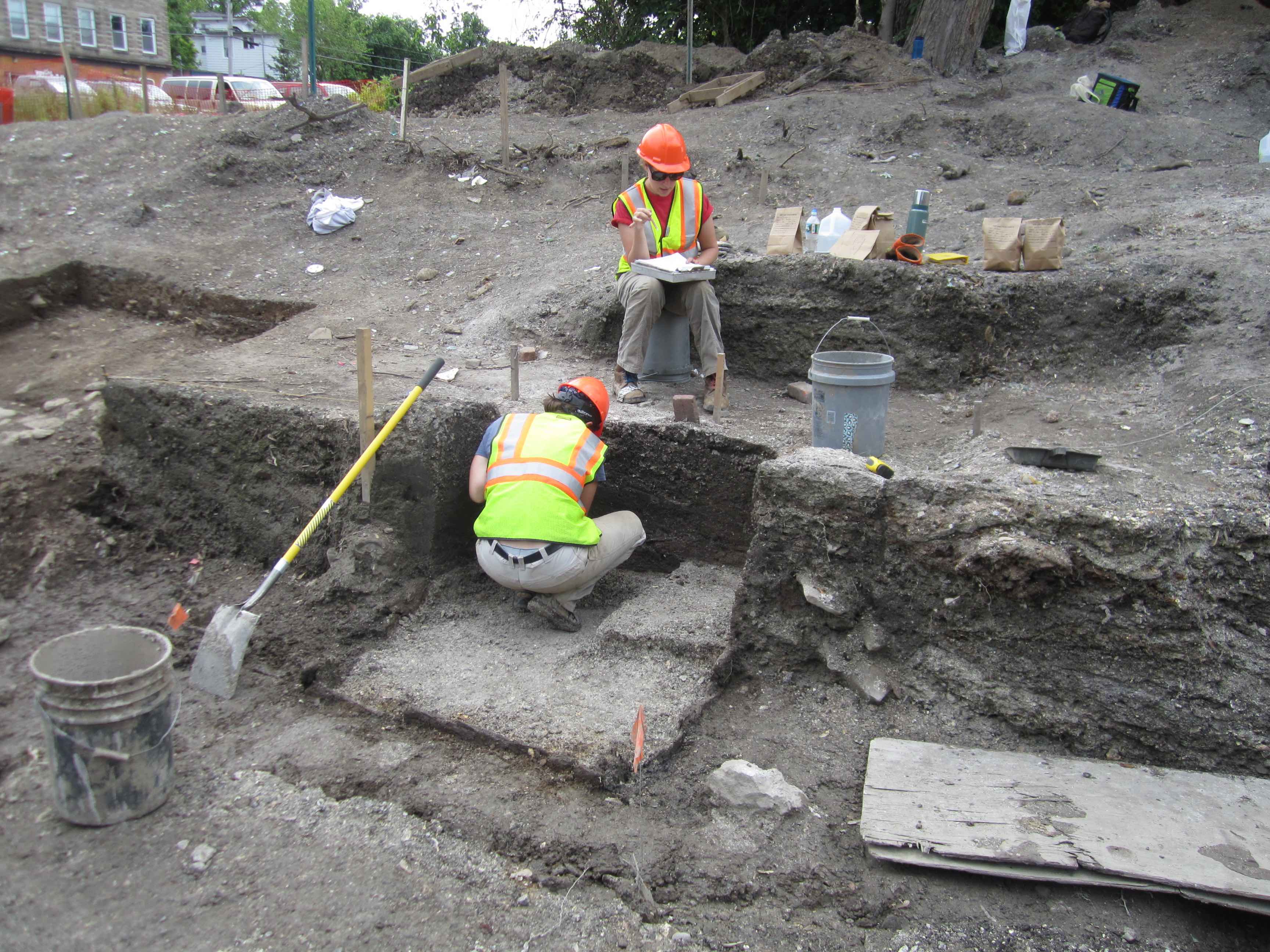
Dr. Christina Rieth
My research focuses on the ways that prehistoric groups interacted with their local environment and the role that such interaction had on the settlement and subsistence strategies of New York’s Late Prehistoric (A.D. 700-1450) occupants. The relationship between humans and their natural and cultural environment is of importance in understanding pre-Contact diversity. The choices that we make concerning the types of resources that are used, the interactions that we form with neighboring groups in acquiring these resources, and how we modify the local landscape all influence the resulting behaviors and material culture. Field and collections based research form the basis for addressing these issues.
Finally, I am interested in public archaeology and the ways that archaeologists make information about and incorporate the public into its study of the past. Through an active program of field and collections based research, I am interested in making information about the archaeological past accessible to all New Yorkers.





